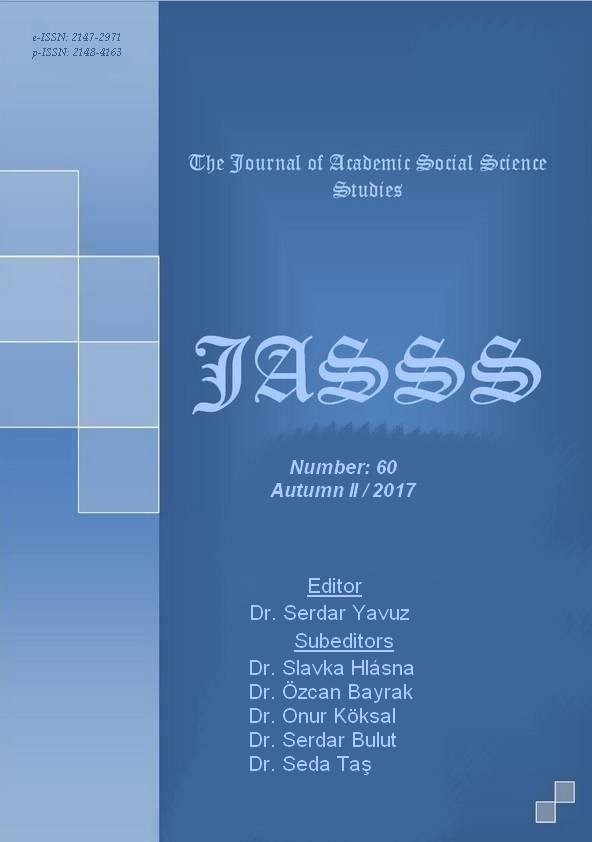Author :
Abstract
Kur’ân-ı Kerîm, tarihten geleceğe ışık tutan kesitleri ve mesajlarını, alışılagelmişin dışında ve son derece etkileyici bir anlatım kurgusu içinde sunar. Kur’ân kıssaları, içerdikleri sahne tasvirleri ve diyaloglara kattıkları hareket ve hayatla okuyucuların muhayyilesini gerçekliğin içine çeker. Kıssaların yekpare olarak değil kesitler veya sahneler halinde ilerlemesi ve tüm Kur’ân’a serpiştirilmesi de, söz konusu anlatım özelliklerdendir. Kur’ân metninin geleneğimizde olan ve benimsediğimiz sayfa düzeninde, günümüzdeki paragraf veya sahne anlayışına yakınlık arz eden sure içi bölümleri göremeyiz. Kur’ân-ı Kerîm’de kesitler arası bağlantı ve geçişlerde kullanılan yöntemler, kıssaların belâğî/edebî yönünün en önemli parçalarındandır. Kur’ân kıssa anlatımında sahneler arası bağlantı; genel anlam, lafızlar ve sayılar dünyası üzerinden cereyan eder. Lafızlar; atkı kelimeler ve ses düzeyinde (fasıla birliği veya değişimi) gerçekleşir. Kelime ve harf tekrarlarında anlam ifade edebilen hususlar ise tartışmalı veya kişisel tercihlere bağlı bir kabul alanı oluşturur. Söz konusu bağlantıların tespiti, Kur’ân metninin çok boyutlu bütünlüğü ve şaşkınlık veren düzenini daha fazla görünür hale getirmektedir. Diğer bir açıdan ise, Kur’ân dinleyicisini düşünsel ve duygusal olarak anlatılan konunun aktif tanığı haline getirmektedir. Çalışmamızın amacı, Nûh peygamber’in toplumuyla yaşadığı inanç mücadelesinin anlatıldığı Kur’ân kıssaları örnekliğinde, günümüzde baskın karakter kazanan görsel anlatım türünün bakış açısını merkeze alarak, Kur’ân’ı bir kez daha kesitler arası geçişler bağlamında incelemekten ibaret olacaktır.
Keywords
Abstract
The Quran presents its sections and messages that shed light from the history to the future in an impressive and eccentrical narrative fiction to the readers. Parables in Qur’an leades the reader’s imagination into the reality itself with a depiction of scene and life they impart to the dialogues. That the parables progress in the form of sections and stages rather than monolithic and take place dispersedly in the Quran is among its features. No connection can be identified with the traditional format and page-setting as we take for granted nowadays. The methods used in the connection and transition among sections are one of the most important parts of literary aspect of the parables. The connection among stages in the narration of the Quran parable occurs on general meaning, wordings and numbers. Wordings take place at related words and sound level (union or exchange of interruption). The matters that can express meaning in word and letter repetitions constitute an acceptance area depending on the controversial or personal preferences. Identifications of the connections in question makes the multi-dimentional integrity and astounding orderliness of Qur’an more appearant. On the other hand Qur’an makes its reader both intellectually and emotionally an active witness to the subject told in the text. The aim of our work is to investigate in the context of belief struggle enunciated in the Noah parable in Qur’an. composed of investigating the Quran once again in the context of transition among sections by centering the point of view of visual narrative type that has been dominant in the example of Noah parable nowadays.
